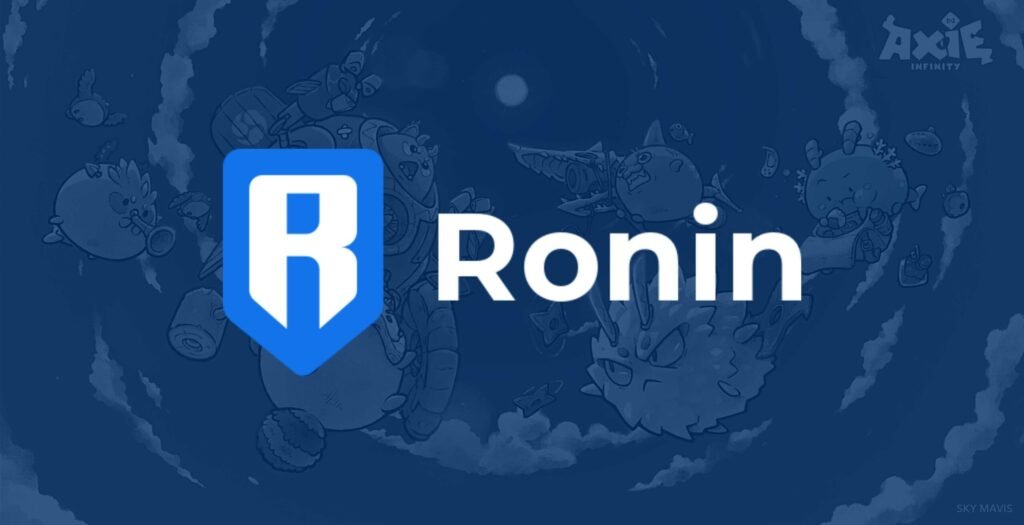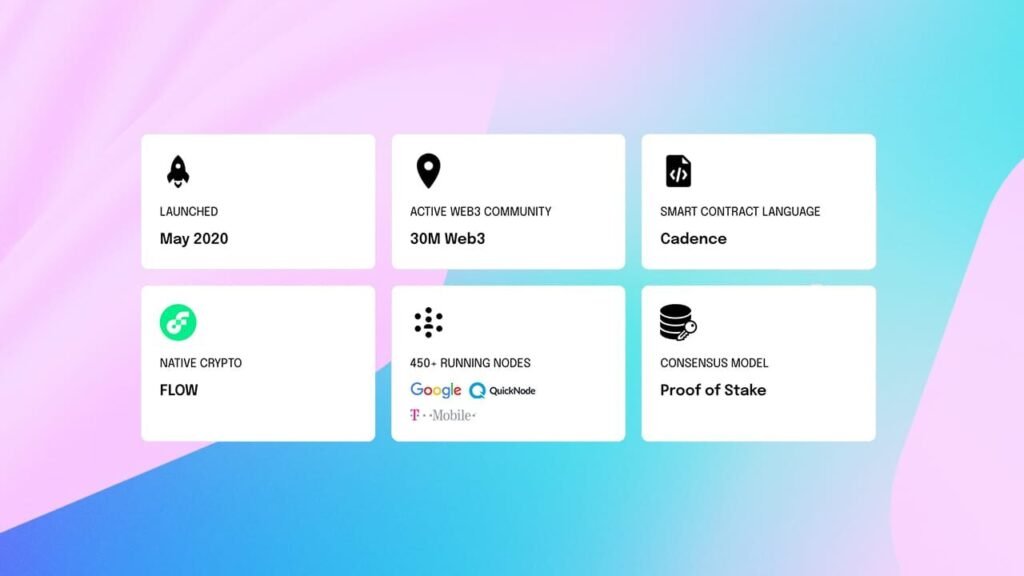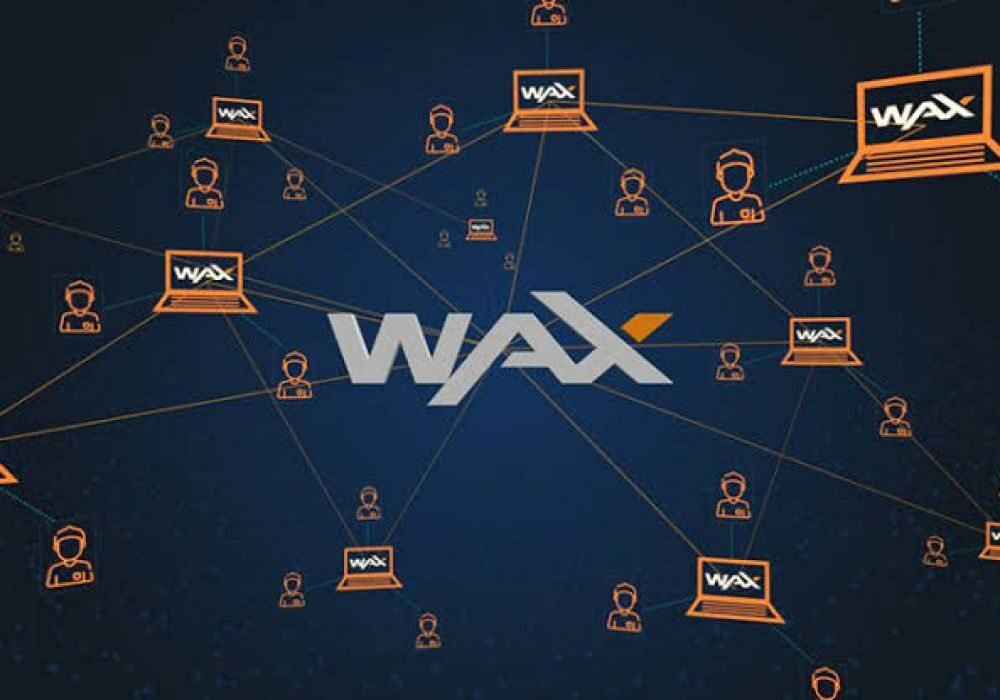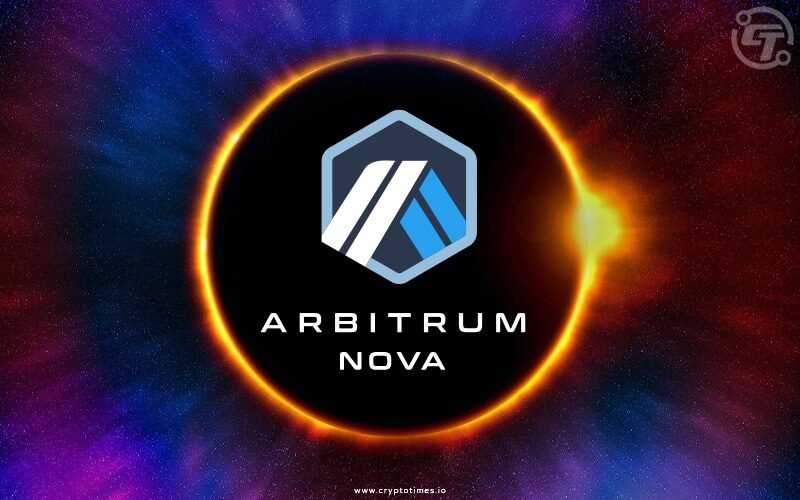Top 10 Gaming Blockchains : By 2025, the line between traditional gaming and blockchain-powered experiences has blurred. Web3 gaming has grown into a multi-billion-dollar industry, no longer defined by the hype of short-lived play-to-earn projects, but instead by immersive worlds where players own assets, economies feel alive, and technology fades into the background. At the center of this shift are gaming blockchains, the infrastructure that powers decentralized economies, facilitates thousands of in-game microtransactions per second, and secures digital ownership for millions of players worldwide.
For developers, choosing the right blockchain has become a make-or-break decision. A well-chosen platform can mean smoother gameplay, easier onboarding, and long-term sustainability, while the wrong choice may lead to scalability issues or unsustainable economies. With a variety of ecosystems competing for attention, 2025 is a pivotal year where blockchain selection is as important as game design itself.
Immutable X – Top 10 Gaming Blockchains

Source: Academy Binance
Immutable X has become a go-to solution for developers who want the benefits of Ethereum without its high costs. Built as a Layer-2 scaling solution, Immutable offers gas-free NFT minting and instant transactions, removing one of the biggest friction points for players. In a gaming world where trading assets is as natural as equipping armor or unlocking skins, this is a huge advantage.
Its reputation is bolstered by AAA-quality Web3 titles such as Illuvium and Gods Unchained, as well as industry partnerships with GameStop for digital assets. Beyond games, Immutable provides a developer toolkit that simplifies integration, ensuring studios can focus on design and storytelling rather than backend engineering. By 2025, Immutable X isn’t just another blockchain—it has become a symbol of mainstream-ready blockchain gaming.
Polygon (Supernets for Gaming)
Polygon has earned its place as a versatile blockchain ecosystem, particularly for gaming. Its Supernets technology allows developers to spin up dedicated gaming blockchains that are tailored to specific needs—whether that’s handling massive traffic spikes during a global tournament or supporting complex in-game economies across thousands of assets.
Big-name partnerships with Ubisoft and Square Enix highlight how Polygon has crossed into traditional gaming spaces. For developers, its value lies in Ethereum compatibility, low fees, and extensive cross-chain support for NFTs and tokens. With one of the largest user bases in Web3 and strong liquidity across DeFi and GameFi, Polygon continues to offer a fertile environment where both indie studios and AAA publishers can thrive.
Solana
Solana has carved out its reputation as one of the fastest blockchains in existence, with transaction speeds and throughput designed for real-time multiplayer environments. Where milliseconds matter—whether in esports, virtual battlegrounds, or sprawling online universes—Solana provides the infrastructure to keep gameplay seamless.
Projects like Star Atlas show how Solana can handle ambitious world-building with intricate economies and stunning visuals. Developers also benefit from a dedicated community, robust grants, and active infrastructure development. Combined with transaction costs below a cent, Solana is particularly well-suited for games relying on frequent microtransactions, ensuring scalability without pricing players out.
Ronin (by Sky Mavis)

Source: Chainplay
Ronin, created by the team behind Axie Infinity, was initially seen as a chain built for a single game. But in 2025, it has grown into a specialist gaming blockchain designed to support a variety of titles with NFT-heavy ecosystems. Its focus on low fees, fast asset transfers, and deep integration for digital economies makes it appealing for developers looking to experiment with collectible-driven or player-to-player trade models.
What distinguishes Ronin is its laser focus on gaming alone. Unlike multipurpose blockchains, Ronin has become a niche hub where developers and players know the infrastructure is tuned specifically for Web3-native gaming experiences. As more third-party projects join the Ronin network, its identity as the “Axie chain” fades, replaced by its new role as a dedicated ecosystem for digital ownership and gaming economies.
BNB Chain – Top 10 Gaming Blockchains

Source: CCN
As the blockchain connected to the world’s largest crypto exchange, the BNB Chain offers something most competitors cannot: liquidity and accessibility at scale. Its ecosystem hosts a wide array of NFT projects, GameFi experiments, and play-to-earn titles, creating one of the largest marketplaces for blockchain-based games.
For developers, BNB Chain provides exchange integration, user-friendly onboarding, and access to millions of Binance users worldwide. Its combination of fast block times and low transaction fees means developers can build games without worrying about performance bottlenecks. Add in Binance’s developer incubators and grant programs, and the BNB Chain becomes an ecosystem where projects can grow from concept to global adoption.
Avalanche (Subnets for Gaming)

Source: Avalaunch
Avalanche approaches scalability differently by offering custom subnets, which allow developers to run dedicated blockchains within the Avalanche ecosystem. This flexibility ensures that games can scale without being slowed by unrelated dApps or network congestion, making it especially attractive for AAA studios looking for control and performance.
The success of Shrapnel, a flagship Avalanche-based shooter, shows how powerful the subnet model can be. Developers can optimize everything—from governance rules to fee structures—while still benefiting from Avalanche’s underlying speed and interoperability. For studios with ambitious visions, Avalanche provides the best of both worlds: independence and integration.
Flow – Top 10 Gaming Blockchains

Source: Nftinsider
Flow remains one of the most consumer-friendly blockchains, designed to onboard users who might be new to Web3. Built by Dapper Labs, Flow powers high-profile projects like NBA Top Shot, which proved how blockchain collectibles could enter mainstream sports culture.
Flow’s focus on simplicity and usability makes it a strong option for developers targeting casual gamers or IP-driven projects. With its robust NFT infrastructure, seamless onboarding tools, and partnerships with entertainment brands, Flow continues to bridge the gap between traditional gamers and blockchain-native ecosystems.
WAX (Worldwide Asset eXchange)

Source: PlaytoEarn
WAX has been around longer than most gaming blockchains, and its focus has never wavered: NFTs, collectibles, and in-game assets. Popular with projects like Alien Worlds, WAX has built a reputation as a stable, eco-friendly, and low-cost chain that supports trading-heavy Web3 games.
While it may not have the same broad ecosystem as Ethereum or Solana, WAX’s specialization in gaming economies has given it longevity. For developers targeting audiences who value asset ownership and collectible-driven gameplay, WAX offers both history and reliability.
Arbitrum Nova

Source: Cryptoblogs
Arbitrum Nova is a more specialized version of Arbitrum, created for high-volume applications like gaming and social dApps. Its key advantage is low-cost scalability, which makes it possible to support games that rely on constant microtransactions without breaking the user experience.
Because Nova is fully compatible with Ethereum, developers can easily port games, assets, and smart contracts. While its ecosystem is still expanding, its focus on efficiency and affordability makes it a strong candidate for developers who want to build accessible Web3 games for a wide player base.
Oasys – Top 10 Gaming Blockchains

Source: Cointelegraph
Oasys has emerged as one of the most exciting gaming-first blockchains, with backing from SEGA, Bandai Namco, and Ubisoft. Unlike many blockchains that evolved into gaming ecosystems, Oasys was designed from day one with developers in mind. Its Layer-1 infrastructure provides fast transactions, low fees, and seamless NFT integration, giving both large studios and smaller teams the tools they need.
The partnerships with Japanese gaming giants give Oasys cultural credibility and visibility, bridging decades of traditional gaming history with the opportunities of Web3. For developers who want a blockchain that carries mainstream trust, technical strength, and industry support, Oasys is one of the most future-proof platforms available in 2025.
Conclusion – Top 10 Gaming Blockchains
The Top 10 Gaming Blockchains in 2025 reflect just how diverse the Web3 landscape has become. From Immutable X’s gas-free NFTs to Solana’s lightning-fast performance, from Polygon’s scalable Supernets to Oasys’s industry partnerships, each platform brings unique advantages for developers.
In the end, the choice of blockchain will depend on a project’s core design and audience. A trading-focused collectible game may flourish on WAX, while a real-time esports title might be best suited for Solana or Avalanche. But what’s clear is that gaming continues to be one of the most powerful gateways to blockchain adoption, and the right blockchain choice in 2025 can define the future of Web3 games.



